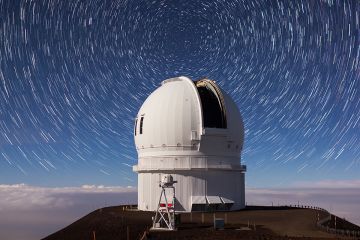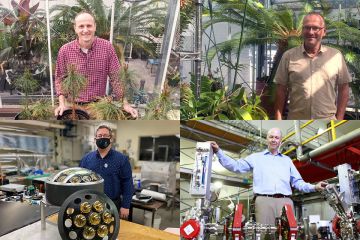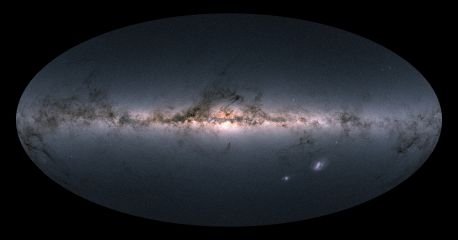Galactic archeology finds a messenger from the early universe
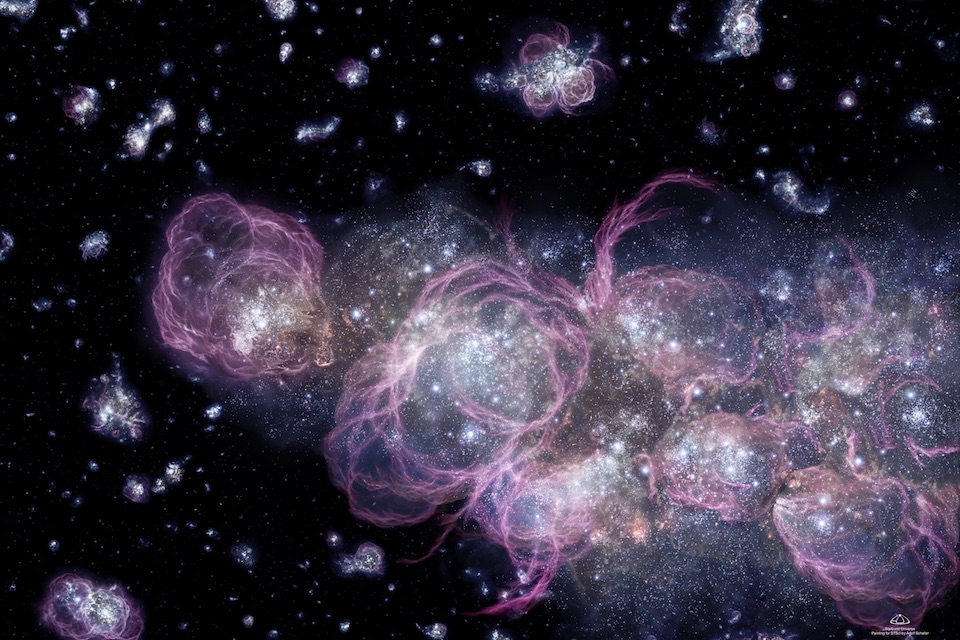
In the deepest recesses of time, moments after the Big Bang—before the existence of earth, our solar system, and even before most elements were formed—what did the universe look like?
University of Victoria astronomers are part of an international collaboration to answer this question through the Pristine survey—a search for ancient stars.
“Studying stars of different generations allows us to understand the history of our home galaxy, the Milky Way,” says Kim Venn, director of UVic’s Astronomy Research Centre (ARC). “It’s like studying the fossil record on earth.” Fittingly, this area of research is known as galactic archaeology.
In a recent publication, the team reported on the discovery of one of the most metal-poor stars known. Found in the Milky Way, the star is marked by a pristine atmosphere, meaning that it is largely devoid of heavy elements, such as metals. Most metal-poor stars often have high levels of carbon, but this star also lacked that element.
“This combination of having both an ultra metal-poor atmosphere and low levels of carbon make it the second known star of its kind,” says former UVic postdoctoral fellow Else Starkenburg, who co-led the study from the Leibniz Institute for Astrophysics Potsdam in Germany. “These qualities mark it as an important messenger from the early universe.”
Just after the Big Bang, the universe was filled with hydrogen, helium and a bit of lithium. No heavier elements were around, as these are only synthesized in the hot interior of stars, which did not yet exist. In searching for the oldest stars, this collaboration of international scientists is searching for stars with more pristine atmospheres than our relatively young sun.
The collaboration has a significant UVic contingent of researchers, students and adjunct scientists including UVic professor Julio Navarro, graduate student Collin Kielty, former undergraduate student Kris Youakim, as well as ARC members and adjunct professors from the National Research Council’s Herzberg Astronomy and Astrophysics Institute, Patrick Cote and Alan McConnachie. The team used the Canada-France-Hawaii Telescope in Hawaii with a special colour filter designed for the Pristine survey in the initial discovery of the ancient star.
“Telescopes are being built to examine faint objects in the distant universe to study the early universe,” says Venn, who was one of four researchers who analyzed the spectrum of light produced by the star after its discovery. “This star is a direct descendant of those objects, but is close enough for us to study it in detail.”
The ARC supports collaborations in science, engineering and computational research related to astronomy and astrophysics. The UVic student researchers in this collaboration were supported by Collaborative Research and Training Experience grants from the Natural Sciences and Engineering Research Council.
Read the paper in Monthly Notices of the Royal Astronomical Society published by Oxford University Press.
A press kit containing high-resolution photos are available on Dropbox.
-- 30 --
Photos
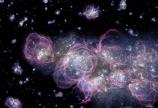
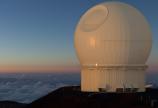
Media contacts
Kim Venn (Astronomy) at kvenn@uvic.ca
Vimala Jeevanandam (Communications Officer, Faculty of Science) at 250-721-8745 or scieco@uvic.ca
In this story
Keywords: astronomy, galactic archeology, galaxies, early universe, Physics and Astronomy
People: Kim Venn, Julio Navarro, Kris Youakim, Collin Kielty, Patrick Cote, Alan McConnachie

